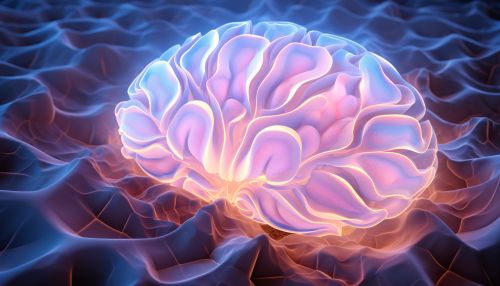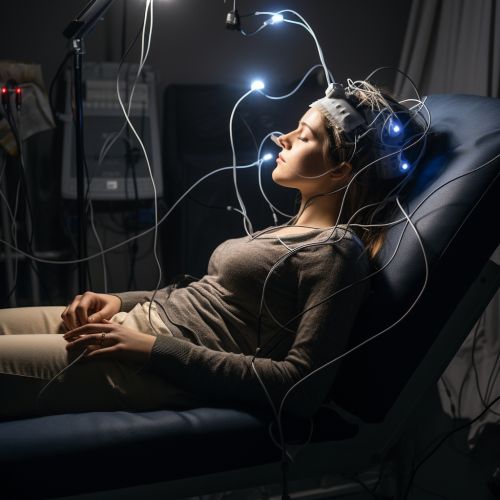Cognitive Mechanisms of Cognitive Enhancement Techniques
Introduction
Cognitive enhancement techniques refer to the methods used to improve one's cognitive abilities, such as memory, attention, creativity, and intelligence. These techniques can be broadly classified into two categories: pharmacological and non-pharmacological. Pharmacological techniques involve the use of drugs or supplements to boost cognitive functions, while non-pharmacological techniques include various mental exercises, meditation, and brain stimulation methods. This article delves into the cognitive mechanisms behind these techniques, exploring how they interact with the brain to enhance cognitive functions.
Pharmacological Cognitive Enhancement Techniques
Pharmacological cognitive enhancement techniques involve the use of drugs or supplements to boost cognitive functions. These substances, known as nootropics, can be synthetic or natural and are often used to improve memory, focus, creativity, and motivation.
Mechanisms of Action
Nootropics work by modulating various neurotransmitter systems in the brain. For instance, some nootropics increase the levels of acetylcholine, a neurotransmitter involved in learning and memory processes. Others may affect the dopamine system, which plays a crucial role in motivation and reward.


Non-Pharmacological Cognitive Enhancement Techniques
Non-pharmacological cognitive enhancement techniques are methods that do not involve the use of drugs or supplements. These techniques include mental exercises, meditation, brain stimulation methods, and lifestyle changes.
Mental Exercises
Mental exercises, such as puzzles, brain games, and learning new skills, can enhance cognitive functions by promoting neuroplasticity. Neuroplasticity refers to the brain's ability to reorganize itself by forming new neural connections throughout life. These exercises stimulate the brain, encouraging the growth of new neurons and connections, which can improve memory and cognitive flexibility.
Meditation
Meditation is another non-pharmacological technique that can enhance cognitive functions. Regular meditation practice can lead to structural changes in the brain, particularly in areas associated with attention, interoceptive awareness, and emotion regulation. These changes can result in improved attention, memory, and emotional control.
Brain Stimulation Methods
Brain stimulation methods, such as transcranial magnetic stimulation (TMS) and transcranial direct current stimulation (tDCS), are used to enhance cognitive functions. These methods work by applying a magnetic field or a small electric current to specific areas of the brain, which can modulate neuronal activity and improve cognitive functions.


Conclusion
Cognitive enhancement techniques, both pharmacological and non-pharmacological, work by interacting with various cognitive mechanisms in the brain. While pharmacological techniques modulate neurotransmitter systems to enhance cognitive functions, non-pharmacological techniques promote neuroplasticity, structural changes in the brain, and modulate neuronal activity. These techniques offer promising ways to enhance cognitive functions and improve mental performance.
